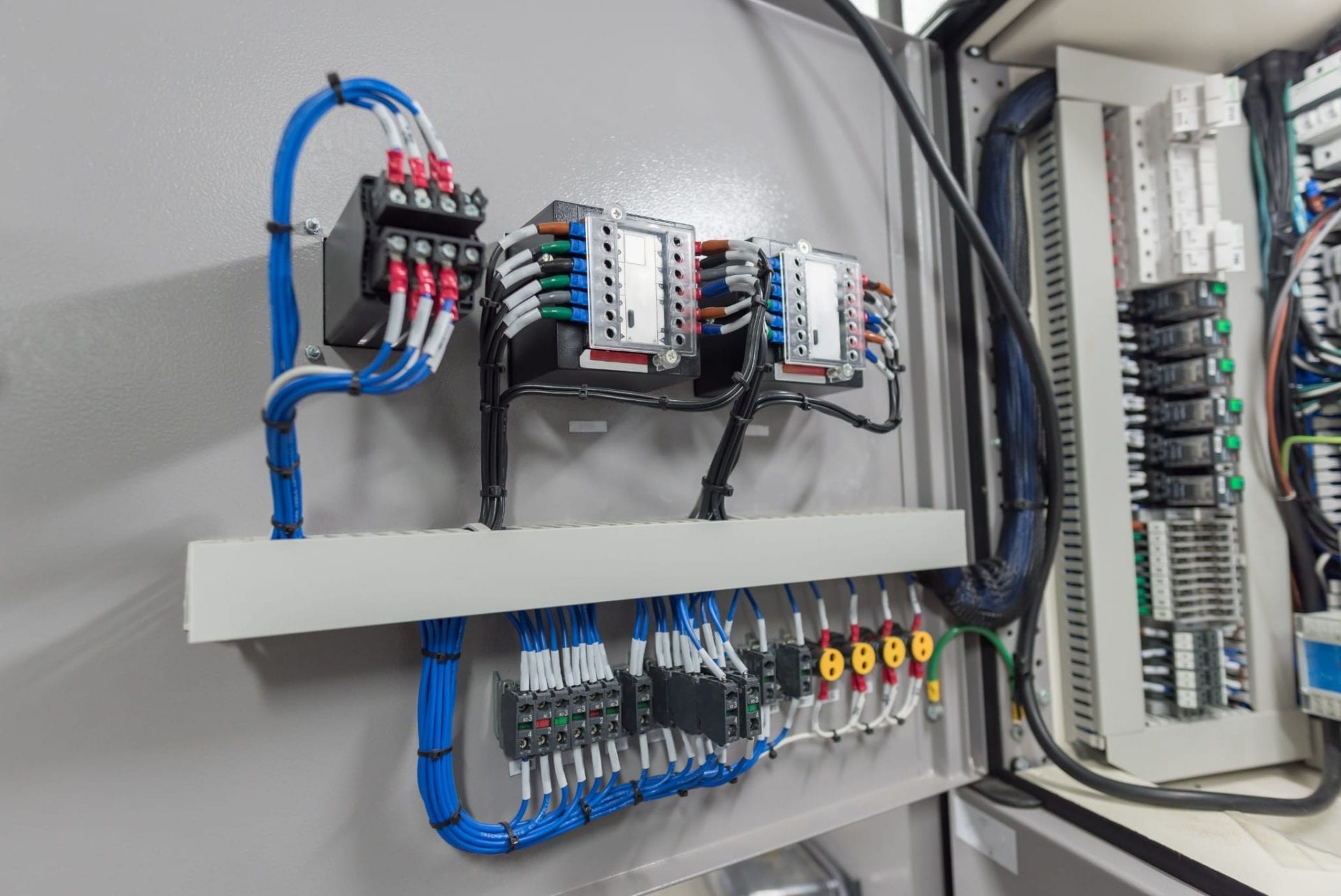Electrical Wiring Demystified: A Beginner's Guide to Home Wiring

The electrical wiring is an essential element of every home, and knowing it is essential for every homeowner. Not only does it help to ensure the efficient functioning of your home however, it is crucial for your security. In this article, we will go over the fundamentals of electrical wiring and the importance of safety as well as the benefits of employing a licensed residential electrician for all electrical wiring needs.
Understanding the fundamentals of electrical wiring
Wiring for electrical purposes is the system of electrical conductors which run through your house, delivering electric power to appliances or devices as well as lighting fixtures. It is formed by electrical circuits that connect the electrical power source with your gadgets. Electrical circuits consist of switches, wires, as well as other components of electricity that work together to create a safe and functional electrical system. There are various kinds of electrical wiring. These include copper, aluminum, and different types of wire insulation, such as PVC paper, rubber, or.
Planning and Preparation for Electrical Wiring
Before you install new electrical wiring, there are several factors to consider, including the kind of wiring that you need, the capacity that your electric system can handle, and your power needs. Additionally, it is important to be aware of the electrical wire regulations as well as permits that are required in your locality. In order to prepare for electrical wiring, you must create an electrical plan, and then assess your electrical requirements. This will to ensure your wiring system is secure efficient and effective, as well as meeting your power requirements.
Materials and Tools Required to conduct electrical wiring
When installing new electrical wiring, it is important to have the appropriate tools and materials available. Essential tools include wire cutters, strippers, pliers, as well as a voltage tester. Other items required for wiring electrically are electrical tape, wire nuts conduit, along with electrical boxes. It’s also beneficial to have a wiring diagram to guide you through the process of installing.
Step-by-Step Guide for Electrical Wiring Installation
The installation of electrical wiring is a complex process However, with the proper tools and knowledge it can be accomplished in a safe and efficient manner. This is a step-by-step guide to installing new electrical wiring at home:
Turn off the power to the area where you will be working.
Plan the wiring layout and mark the location where the wiring will be positioned.
Install electrical boxes and conduit where necessary.
Cut and strip the wires until the proper length.
Wires should be connected to devices or fixtures you’re wiring.
Make sure the wires are secured using wire nuts, electrical tape, or even conduit straps.
Check the wiring to make sure it is functioning properly.
When installing the wiring it is essential to adhere to wiring installation best methods and suggestions. Also, be aware of common mistakes to avoid when installing electrical wiring, like overloading circuits, using wires that are damaged or using the wrong kind of wire.
Troubleshooting Electrical Wiring Problems
Even with careful planning in the installation and design, wiring issues could arise. The most frequent issues are wiring problems, overloads in circuits, and electrical shorts. To solve these issues it is essential to know about typical electrical wiring issues and be aware of how to safely and effectively address them. In addition, it is essential to follow the proper electrical safety protocols when attempting to solve electrical wiring problems, such as turning off the power source and wearing safety gear.
Conclusion
In the end, knowing about electrical wiring in your home is vital to your safety and the efficient functioning of your electrical system. It is important to hire a licensed electrician to ensure your wiring is installed and maintained correctly. At Local Electrician Minto, we provide an array of electrical services that include electrical wiring repair and installation. Reach out to Local Electrician Minto at 1300 610 481 to discuss all your electrical wiring needs.
Electrical Wiring FAQ
Here are some commonly asked questions regarding electrical wiring. They also include extra safety advice and best practices for electrical wiring installation and repair:
What kind of wire should I use to wire my electrical circuit?
The kind of wire you choose to use for your electrical wiring depends on the specific requirements of your home and the local building code. It is crucial to select the correct wire gauge as well as the appropriate insulation type and wire material to ensure security and effectiveness that your electric system is running at its best.
Do I have the ability to put in an electrical wire of my own?
While it is feasible to create an electrical wire yourself it’s important to have the right knowledge and experience to complete the task safely and efficiently. In the majority of instances it is recommended that you employ an experienced electrician to ensure that your wiring is set up and maintained in a safe and secure manner.
How often do I need to be having my electrical wiring checked?
It is recommended that you have your electrical wiring inspected at least every 10 years, or when you spot signs of electrical problems for example, frequent circuit breaker trips or electric shocks.
What should I do if find electrical wiring issues within my home?
If you spot any electrical wiring issues in your home, for example, flickering lighting or outlets that do not function, it’s important to address them immediately. Switch off the power source to the affected area and call an accredited electrician to determine and fix the issue.
If you follow these guidelines and the best practices, you can ensure that your electrical wiring is safe and working in a safe manner. Be sure to put safety first and get a certified electrician whenever you need to. Reach out to Local Electrician Minto at 1300 610 481 for all your electrical wiring needs.
